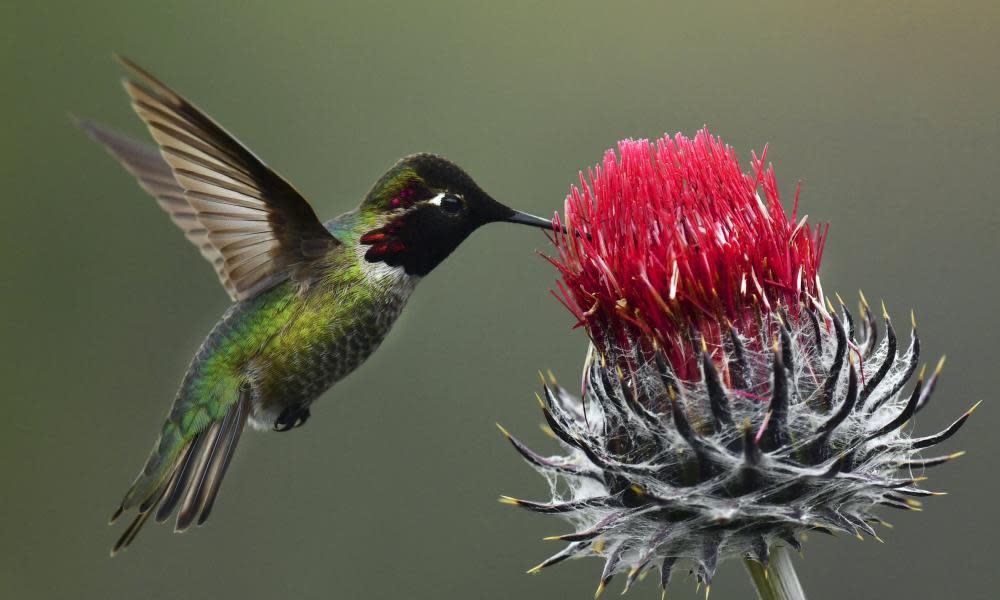‘There is power in a name’: why dozens of American birds are being renamed

A new rule from the American Ornithological Society (AOS) will cause reverberations around the birding world, and create new names for hundreds of species. The society says it has engaged in conversations with the community of birders, and will focus on first renaming the 70 to 80 species in the US and Canada that are named after people – or have names deemed offensive or exclusionary. Their efforts will start in 2024.
This means Anna’s hummingbird, named after an Italian duchess, and Lewis’s woodpecker, named after explorer Meriwether Lewis, will change. The society drew particular attention to undoing birds whose names are tied to historical wrongs – as in the case of Townsend’s warbler, named after John Kirk Townsend, who robbed Indigenous graves of skulls in the 1800s. This isn’t the first effort in renaming; in 2020, the society changed the name of a bird that once referred to a Confederate army general, John P McCown, to the thick-billed longspur.
Related: What raising an orphaned owl taught me about our broken bond with nature
The society says that in addition to decoupling birds from racist or inflammatory names, it also makes sense to help people understand the species: names that describe the bird, its habitat, its range, or something else about the species convey more information about the bird than a person’s name.
“There is power in a name, and some English bird names have associations with the past that continue to be exclusionary and harmful today. We need a much more inclusive and engaging scientific process that focuses attention on the unique features and beauty of the birds themselves,” the AOS president, Colleen Handel, said in a statement. “Everyone who loves and cares about birds should be able to enjoy and study them freely – and birds need our help now more than ever.”
Since 1886, the AOS and its predecessor, the American Ornithologists’ Union (AOU), have maintained a list of official English-language names for birds in North America (and more recently, South America). These names are widely used – but also often updated when new science comes to light, says the organization. Scientific names will not be changed.
Nicholas Lund, a birder who works as outreach and network manager for Maine Audubon and writes a blog called the Birdist blog, says he’s thrilled.
The impacts will be both minor and major, but only positive, he says: birders are used to bird names changing. That’s because it happens fairly often, either because the old name was inappropriate (oldsquaw became long-tailed duck) or, more often, because science improves our understanding of certain species, and split one species into several, which is what happened when the sooty grouse became dusky grouse and blue grouse; or the western scrub-jay split into the California scrub-jay and Woodhouse’s scrub-jay. “Birders have to and do absorb these changes.”
But while birders are used to some names changing, this announcement brings a reconsideration on a scale unknown until now. “Bird names are meaningless – they’re just codes that we all agree on to describe something – but until now the power to decide those names was held by only a few white men hundreds of years ago,” said Lund.
This means there’s a huge opportunity to figure out what names actually make sense for birds living today. “We can, for the first time, take a fresh look at what these birds should be called – what makes them unique or most easily separates them from other species. Never before have modern people been given the opportunity to debate this,” he said. “It’ll be a blast. We’ll get to look at these birds with fresh eyes, and it’ll certainly inspire us to think of these birds in new, fresh ways, and may ultimately work to raise interest and awareness.”


